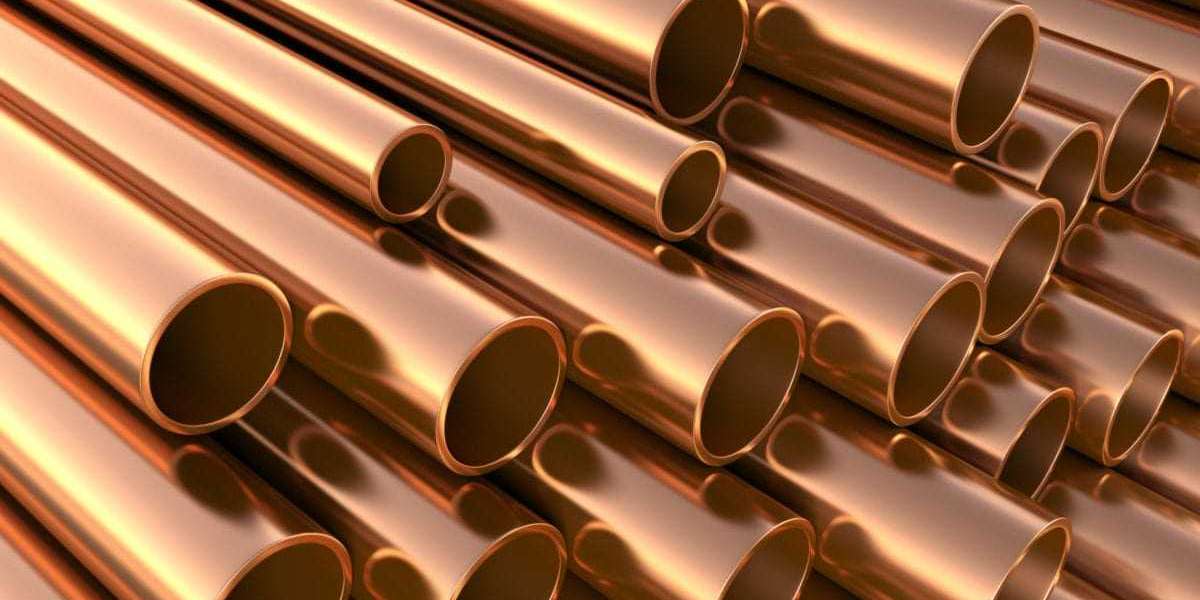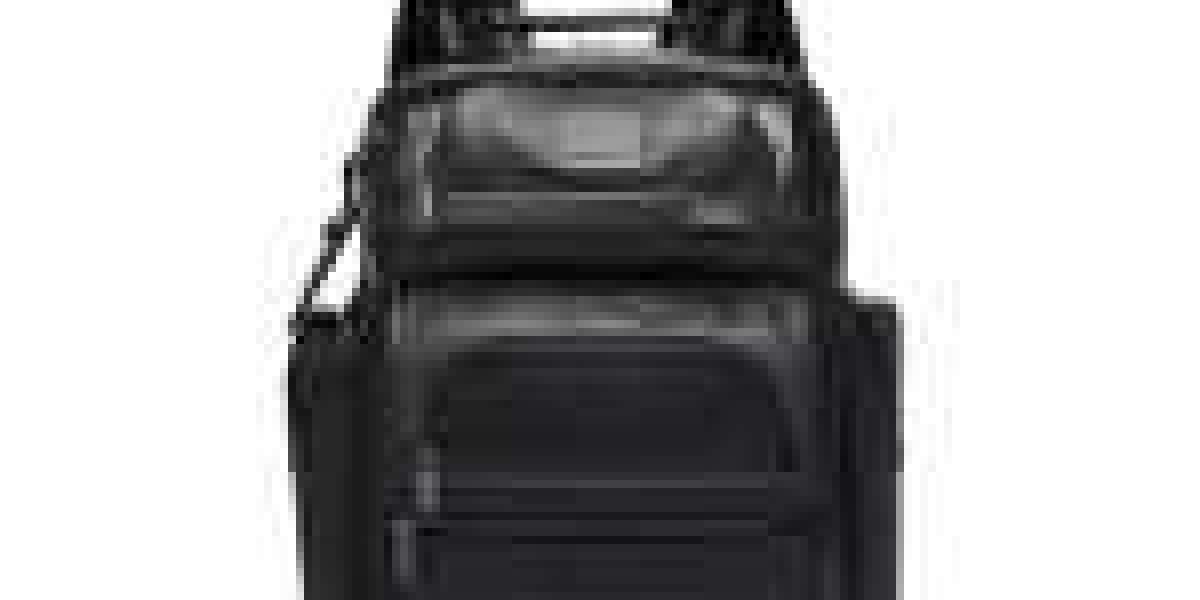Copper tubing is widely used in various applications due to its excellent conductivity, durability, and resistance to corrosion. Whether you're working on plumbing, HVAC systems, or refrigeration, choosing the right type of copper tubing is essential for ensuring optimal performance and longevity. This article will explore the different types of copper tubing and help you decide which one best suits your needs.
1. Types of Copper Tubing
Copper tubing is primarily categorized into three types: Type K, Type L, and Type M. Each type has distinct wall thicknesses and applications.
Type K Copper Tubing: This type has the thickest walls, making it ideal for underground and high-pressure applications. It's commonly used in plumbing, HVAC, and gas distribution systems. The durability of Type K tubing makes it suitable for harsh environments.
Type L Copper Tubing: With a medium wall thickness, Type L copper tubing is versatile and widely used in residential and commercial plumbing systems, heating systems, and fire sprinkler systems. Its balance between strength and flexibility makes it a popular choice for various applications.
Type M Copper Tubing: Type M has the thinnest walls among the three types, making it lighter and easier to work with. It's commonly used for low-pressure applications, including domestic water lines and some heating systems. However, it's important to avoid using Type M tubing in areas with high pressure or extreme temperatures.
2. Soft vs. Rigid Copper Tubing
Copper tubing is also available in two forms: soft and rigid. Understanding the differences between these two forms can help you make the right choice for your project.
Soft Copper Tubing: This type is easy to bend and shape, making it ideal for applications that require intricate designs or adjustments. Soft copper tubing is often used in refrigeration and air conditioning systems, where flexibility is crucial.
Rigid Copper Tubing: Rigid copper tubing is more durable and resistant to deformation. It is typically used in plumbing and gas supply lines, where a more permanent installation is needed. Rigid tubing provides a secure and stable connection, reducing the risk of leaks.
3. Application Considerations
When choosing the right copper tubing for your needs, consider the specific application and environmental factors. For instance:
Plumbing: Type L copper tubing is often the preferred choice for plumbing applications due to its balance of strength and flexibility. However, if you need to run pipes underground or in high-pressure environments, Type K tubing is the better option.
HVAC Systems: For refrigeration and air conditioning, soft copper tubing is typically used because of its ability to bend easily around tight corners. This flexibility allows for easier installation and fewer fittings.
Gas Lines: Type K or Type L copper tubing is generally recommended for gas lines due to their durability and ability to handle high pressure.
4. Cost Considerations
Copper tubing can vary in price depending on the type and thickness. Generally, Type K is the most expensive due to its thickness and strength, while Type M is the least expensive. When budgeting for your project, consider not just the initial cost of the tubing but also the long-term benefits of using a more durable or appropriate type.
Conclusion
Selecting the right copper tubing is essential for ensuring the efficiency and safety of your project. By understanding the different types of copper tubing—Type K, Type L, and Type M—as well as the distinctions between soft and rigid forms, you can make an informed decision that meets your specific needs. Whether you're working on plumbing, HVAC, or refrigeration systems, the right copper tubing will enhance performance and longevity.








